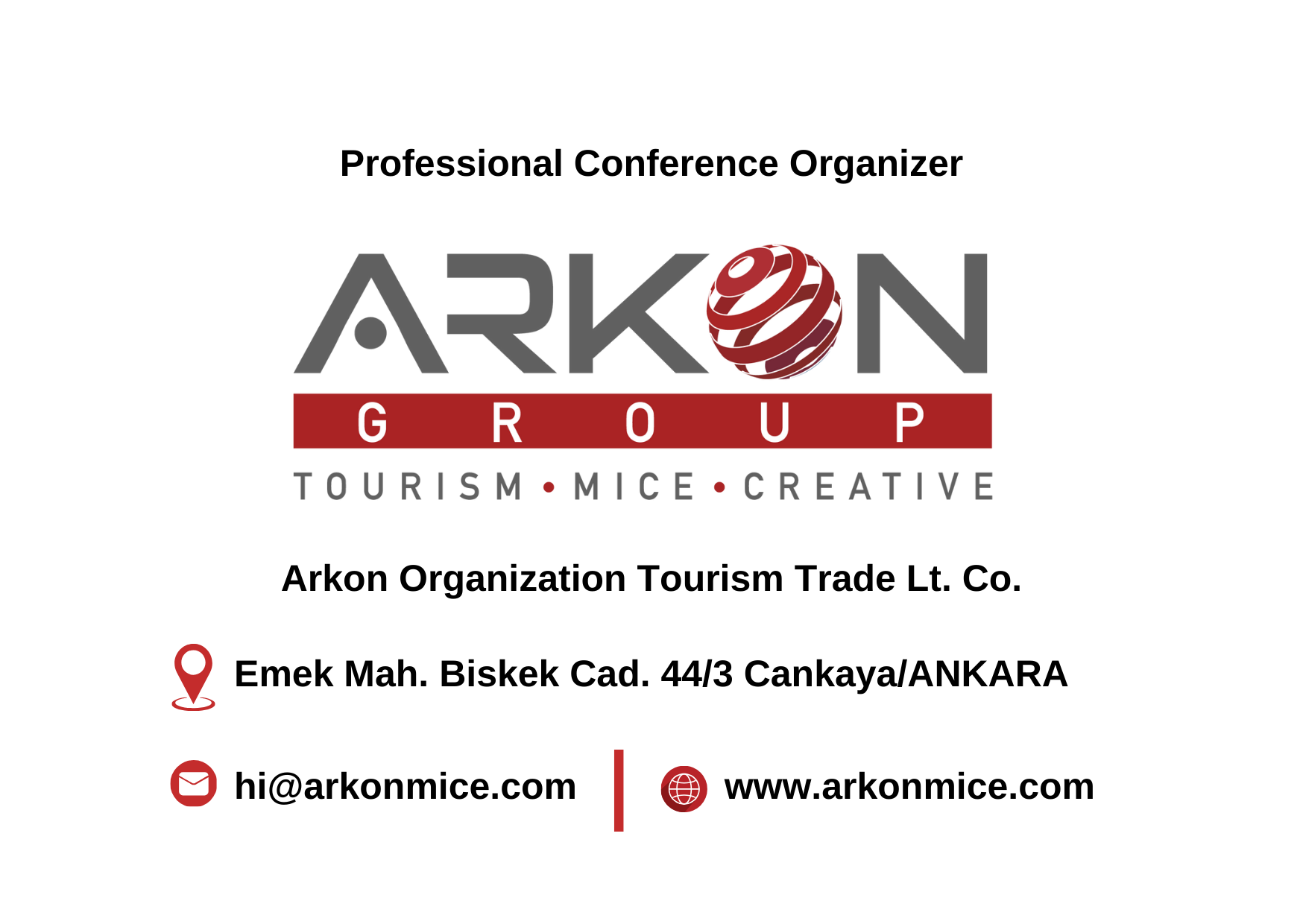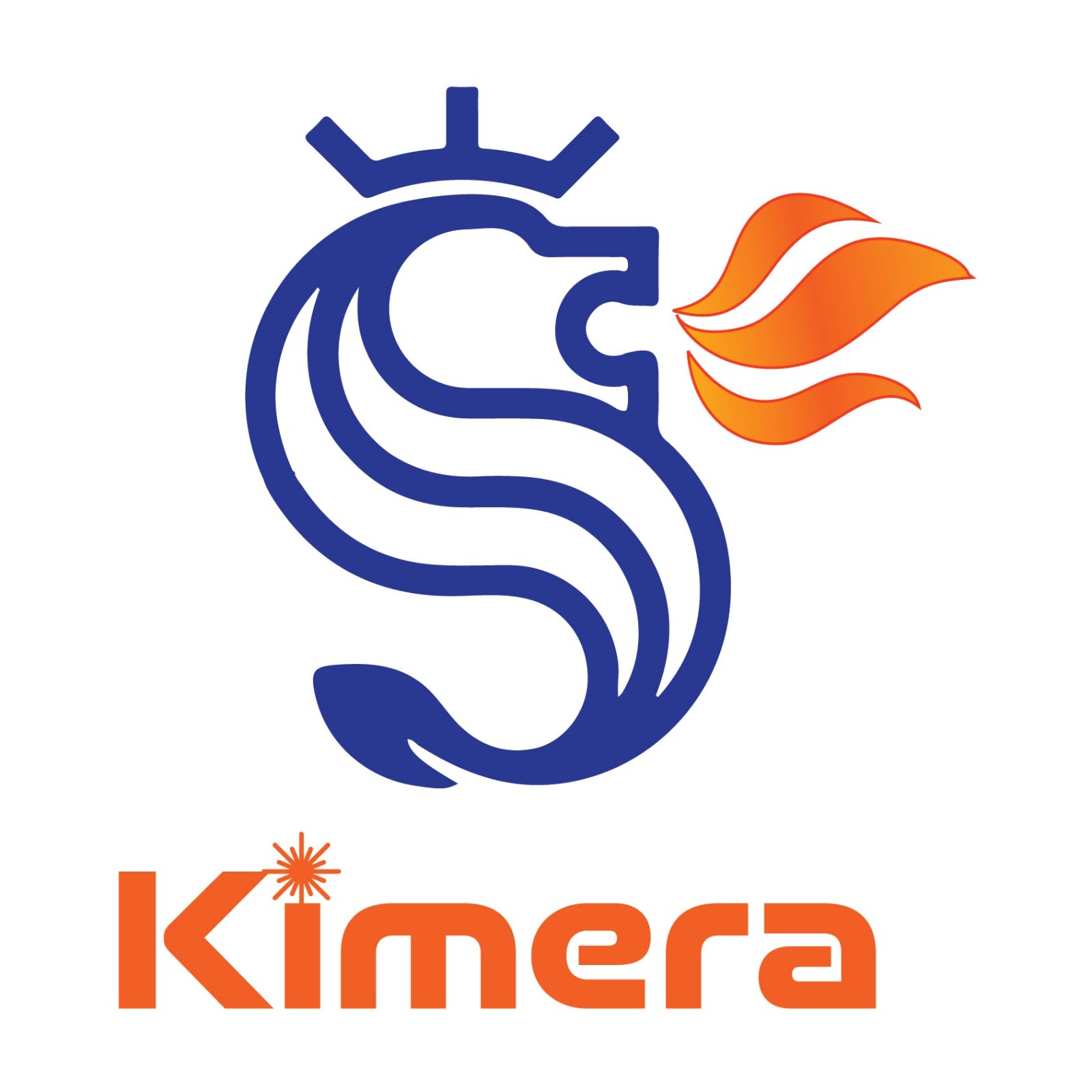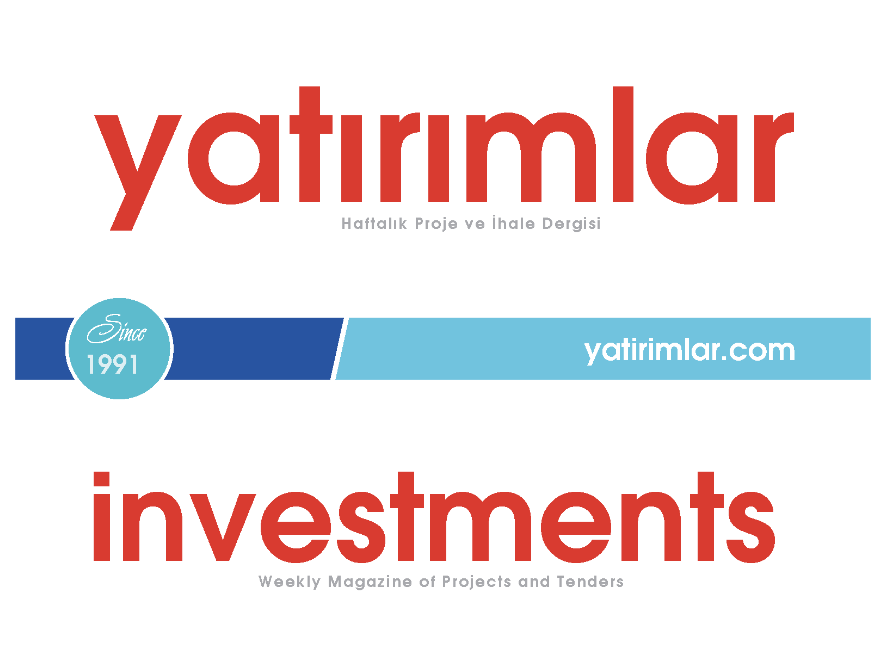


Anatolian Civilizations Museum :
Located on the south side of Ankara Castle in the Atpazari area, the Museum consists of the old Ottoman Mahmut Pasa bazaar storage building, and the Kursunlu Han. After the remodeling and repairs were completed (1938 -1968), the building was opened to the public as the Ankara Archaeological Museum. Within this Ottoman building, the museum has a number of exhibits of Anatolian archeology. They start with the Paleolithic era, and continue chronologically through the Neolithic, Early Bronze, Assyrian Trading Colonies, Hittite, Phrygian and Urartu periods. The exhibits of gold, silver, glass, marble and bronze works date back as far as the second half of the first millennium BC. The coin collections, with examples ranging from the first minted money to modern times, represent the museum’s rare cultural treasures.
Ankara Castle (Ankara Kalesi) :
The castle, which has guarded the city for centuries, is now a symbol of Ankara and its history is as old as the city itself. Although it is not exactly known when the castle was built, it is commonly believed to have been built by the Romans, then repaired and expanded by the Seljuk. It towers 110 meters above Bentdere Creek which runs along its base. There are two parts, an inner and an outer castle, with over 20 towers. The outer castle encloses the old city of Ankara within its heart-shaped walls. The four-level inner castle is made partly of Ankara stone and partly of stones gathered from other structures. The two large gates of the inner castle are called the Outer Gate and the Castle Gate. The towers within the castle vary between 14-16 meters in height. Today within the castle walls there are a number of Ottoman-style houses dating as far back as the 17th century.
Mausoleum of Ataturk (Anitkabir) :
Republic’s founder and leader, Mustafa Kemal Ataturk, Anitkabir was built on the hill of Rasattepe and has an impressive entrance. It was completed in 1953. Ataturk was removed from the temporary burial site at the Ethnographic Museum and brought here with great ceremony the same year. Within the Anitkabir complex are the Tower of Independence, the Tower of Liberty, The Road of Lions, Mudafaa-i Hukuk Tower, the Soldier’s Tower, the Tower of Victory, the Tower of Peace, the April 23 Tower, the Misak-i Milli Tower, the Reform Tower and the Victory Relieves. The hallowed Mausoleum hall itself is a colonnaded temple with huge bronze doors but little in the way of decoration. The Anitkabir museum is located between the Tower of the National Pact and the Tower of the Revolution. A number of Ataturk’s personal belongings are exhibited, including clothes that he wore, and gifts presented to him by visiting foreign dignitaries.


























